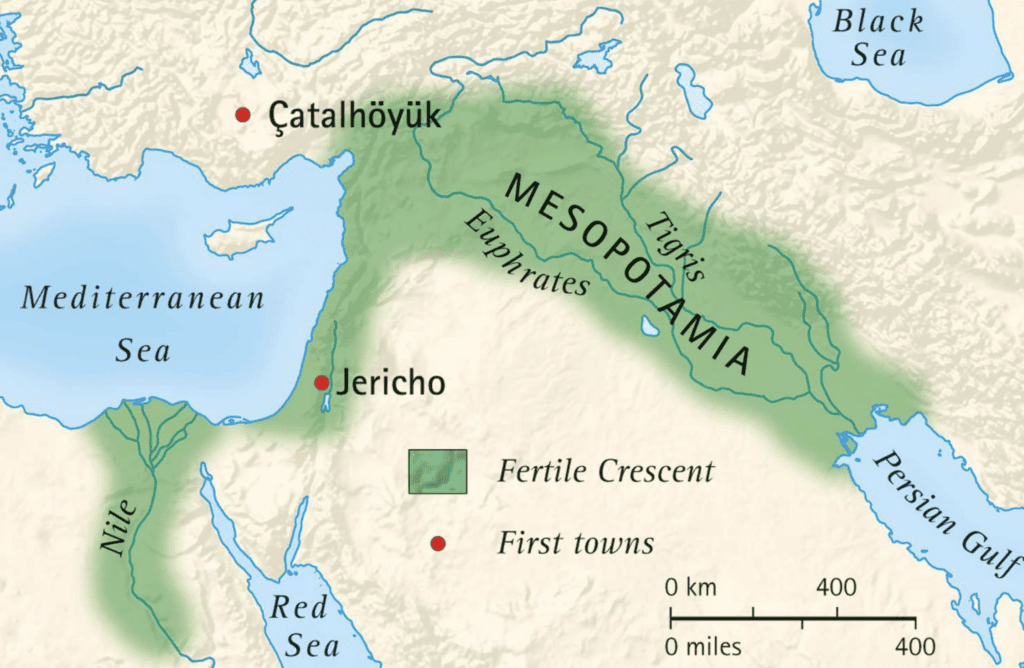The history of sourdough bread is a captivating narrative, deeply intertwined with the early days of civilization in the Middle East. This ancient culinary art, originating thousands of years ago, has evolved alongside human history, reflecting cultural, scientific, and gastronomic developments. Tracing its roots back to the Fertile Crescent, where the first breads were likely discovered by chance, sourdough has journeyed from these humble beginnings to become a beloved staple in kitchens worldwide. As we explore its path from ancient Mesopotamia and Egypt to modern artisanal bakeries, the story of sourdough unfolds as a testament to culinary ingenuity and adaptation. This bread, once a simple concoction of water and flour, naturally leavened by wild yeasts, has grown to symbolize the intricate blend of tradition and innovation in our shared gastronomic heritage. Through this comprehensive exploration, sourdough is revealed not just as a food item, but as an enduring emblem of human creativity and the enduring bond between food and culture.
The Ancient Beginnings
The Birth in the Middle East (c. 4000 – 3000 BC)
Sourdough’s story begins in the Neolithic Era, around 4000 – 3000 BC, in the Fertile Crescent. Ancient societies, possibly in modern-day Iraq or Egypt, discovered that a mixture of ground grains and water, when left to rest, would start to ferment due to natural yeasts and bacteria in the air. This process resulted in a lighter, more digestible bread, marking a significant departure from the previously dense, flatbreads.
Refinement in Ancient Egypt (c. 1500 BC)
In Egypt, around 1500 BC, sourdough bread became a culinary and cultural phenomenon. Ancient Egyptians are credited with refining the art of leavening bread. Archaeological findings, including wall paintings in the tombs of Pharaohs, depict the bread-making process, suggesting that sourdough was a staple in the Egyptian diet. The warm Egyptian climate and the cultivation along the Nile provided an ideal environment for sourdough fermentation.
The European Chapter
The Spread through the Roman Empire (27 BC – 476 AD)
The Roman Empire played a pivotal role in spreading sourdough bread across Europe. Historical records suggest that by 79 AD, there were over 300 professional bakers in Rome. The writings of Pliny the Elder, a Roman author, and naturalist, indicate that various grains were used in Roman bread-making, creating diverse sourdough varieties.
Medieval Europe and Renaissance Flourishing (5th – 17th Century)
In Medieval Europe, sourdough remained a dietary mainstay. By the 12th century, guilds of bakers, particularly in France and Italy, were established, signifying the importance of bread in European culture. The Renaissance period saw a flourishing of sourdough bread-making. In 1634, Parisian bakers received official recognition, establishing standards for French bread, including sourdough.
The Scientific Era
Yeast and Fermentation Discovery (19th Century)
The understanding of sourdough underwent a revolution in the 19th century. In 1857, Louis Pasteur’s identification of yeast as the agent of fermentation provided a scientific basis for bread-making. This discovery, combined with advancements in microbiology, allowed bakers to refine sourdough techniques, achieving more consistent results.
Sourdough in the New World
The North American Chapter (17th – 19th Century)
Sourdough bread was integral to North American history. In the United States, during the California Gold Rush (1848-1855), it became synonymous with miners. In San Francisco, a unique sourdough culture developed, giving rise to the famous San Francisco sourdough. In Canada, sourdough was a lifeline for fur traders and pioneers, with the Klondike Gold Rush (1896-1899) further cementing its place in Canadian culinary history.
The Modern Era
The Artisanal Revival (Late 20th – Early 21st Century)
In the late 20th century, there was a notable resurgence in artisanal sourdough bread, largely as a reaction against the industrialization of bread-making. This movement, emphasizing traditional techniques and natural ingredients, highlighted the importance of the slow fermentation process characteristic of sourdough. This shift led to a global renaissance in sourdough baking, rekindling interest in the art of traditional bread-making and drawing a new generation of bakers and enthusiasts to this ancient craft.
Sourdough Today: A Global Staple (21st Century)
In the 21st century, sourdough bread has seen a global renaissance, valued for its unique taste and health benefits. This revival aligns with the principles of the slow food movement, emphasizing traditional, artisanal baking methods. The trend gained further momentum during the covid-19 pandemic, as many people turned to baking sourdough at home, connecting with a timeless culinary tradition. This surge in interest is reflected in the growing number of sourdough-centric festivals, competitions, and workshops, all of which underscore the bread’s enduring appeal and the community’s dedication to preserving this ancient art.
The Timeless Legacy of Sourdough
The saga of sourdough bread encapsulates human ingenuity, tracing its roots from ancient civilizations where it began as a humble mix of flour and water, evolving into a symbol of culinary finesse and global connection. This story is marked by profound cultural exchanges and scientific breakthroughs, mirroring humanity’s unceasing quest for knowledge and improvement. As sourdough traversed continents, it not only absorbed diverse culinary traditions but also united people in their shared passion for this artisanal craft.
Today, as a revered gastronomic icon, sourdough stands at the crossroads of our past and future, continually perfected by a dedicated community of bakers worldwide. As we, the global community of sourdough enthusiasts, gather on platforms like The Sourdough People, we hold the keys to its future. Together, we have the power and responsibility to shape the ongoing story of sourdough bread, ensuring this ancient art not only endures but flourishes, reflecting our collective heritage and the endless possibilities of culinary creativity.
article citations:
Sourdough Culture by Eric Pallant
Pantry Mama
Sourdough.co.uk
Christopher Roosen
Science Direct
Wikipedia





















